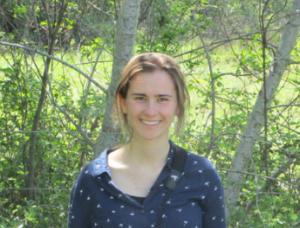Suzanne Catteau, a Cifre PhD student from Tour du Valat, Agence de l’Eau and UMR Passages, successfully defended her thesis entitled :
Bulles de dialogue et cellules raster – Spatialiser les fonctions et le fonctionnement des zones humides par SIG dans le bassin Rhône-Méditerranée Corse

Suzanne completed her PhD under the supervision of Dr. Laurent Couderchet, Lecturer at Bordeaux Montaigne University.
Find out more about Suzanne Catteau’s thesis [1].
Abstract :
Wetland boundaries have been the subject of tensions for over thirty years. How to design protection independently of zoning? The French river basin agency, “Agence de l’Eau Rhône-Méditerranée Corse”, proposes to develop supports of dialogue based on raster representations – rather than vector -, to show ecosystem functions and highlight the continuity of their functioning.
To achieve this goal, a Cifre convention gathered the “Agence de l’Eau”, the “Tour du Valat”, and the “UMR Passages”, with quite different scientific cultures. In this Action-Research project, I designed various prototypes to answer the Agency’s demand. Initial proposals have raised conceptual disagreements between the three institutions of the partnership. Nevertheless, GIS provokes a dialogue between engineering sciences, conservation sciences and critical sciences, resulting in proposals that are transmitted to local experts, who in turn ask for adjustments adapted to their practices. Dialogues with various partners lead to several GIS proposals. GIS is neither neutral nor factual, it is used as a tool of authority or dialogue. The use of critical GIS highlights power games which set aside local elected representatives from mapping. That is why an experimentation proposes the co-construction of a prototype with this audience for a functional integration of wetlands into territorial strategies. Opening the model black box leads to a demystification of GIS and maps, putting local decision-makers as actors.